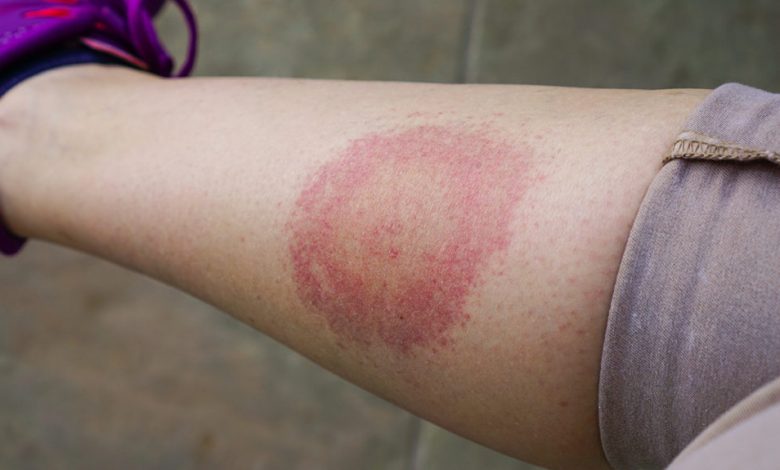Causes and Symptoms of Lyme Disease

Lyme disease, a bacterial infection transmitted by ticks, is caused by Borrelia burgdorferi and manifests in various ways, from erythema migrans to chronic neurologic conditions. Early treatment is crucial for recovery, but it is often not recognized due to nonspecific early symptoms. In the United States, there are approximately 300,000 new cases annually, with an unknown number of worldwide cases. In order to keep Lyme disease at bay, the best thing you can do is eradicate ticks, which can be executed with the help of Austin pest control.
The symptoms may include fever, headache, and fatigue. Other possible symptoms are a skin rash, muscle aches, swollen lymph nodes, and arthritic pain. Lyme disease can be treated with antibiotics if caught early enough. In more advanced cases of Lyme disease, long-term antibiotic therapy may be necessary.
Causes of Lyme Disease
Lyme disease is one of the most common tick-borne diseases in North America. The Centers for Disease Control and Prevention (CDC) estimate that cases are growing ten times faster than any other infectious disease. This would be because Lyme disease does not have a cure, only treatment, and the bacteria that causes it has become resistant to antibiotics.
Symptoms of Lyme Disease
- Rashes
The rash associated with Lyme disease is typically a red, expanding ring that starts at the tick bite site. Other symptoms of this condition are joint pain, fever, headaches, and neck stiffness. If left untreated, persistent fatigue can develop or worsen for months or even years after the initial infection.
- Fatigue
Lyme is a tick-borne disease that can lead to fatigue, lack of sleep, headaches, joint pain, and more. These symptoms are not only uncomfortable but can also be debilitating. People who are experiencing these symptoms should see their doctor for an evaluation.
- Swollen joints
Joint pain, stiffness, and swollen joints are some of the early symptoms of Lyme disease. The pain may be severe sometimes, and in most times, large joints are involved. However, most people associate stiffness and swollen joint as part of aging or genetic and don’t see it as a symptom of Lyme disease.
- Headache and dizziness
Symptoms of Lyme Disease can vary from individual to individual but will typically include some form of headache and dizziness. These two symptoms tend to show up together as the brain is more likely to wobble than it is to hurt.






